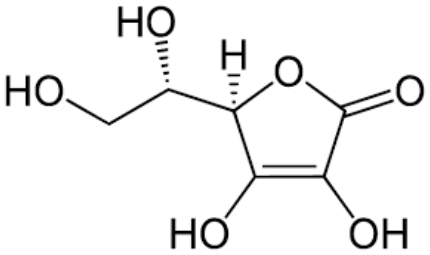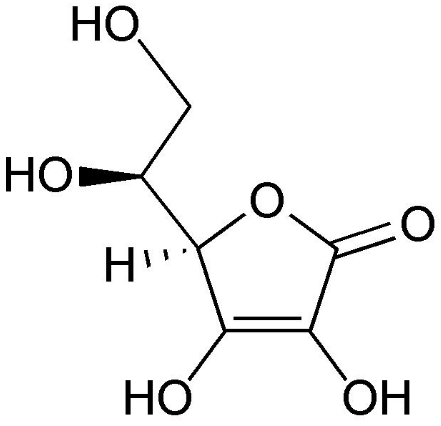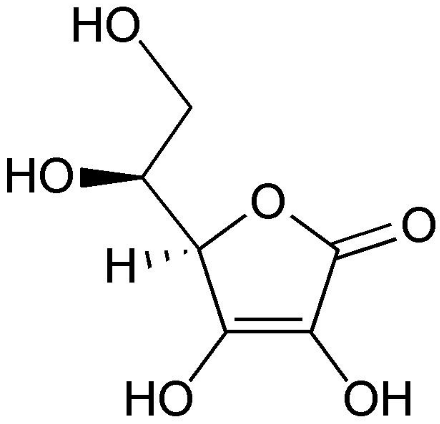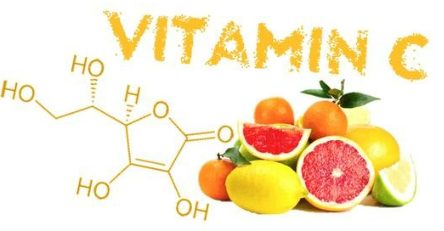This article is suitable for advanced supplement enthusiasts
Content Tags: Vitamin C
Original Author: Bucci LR
What Forms of Vitamin C Supplements Are Available?
1. Ascorbic acid (抗坏血酸)

2. Mineral ascorbates (矿物抗坏血酸盐)

3. Ascorbyl Palmitate (抗坏血酸棕榈酸酯)

4. PureWay-C

5. Liposomal Vitamin C (脂质体维他命C)
How to Distinguish Real and Effective Liposomal Vitamin C?
Reprint Notice
[Non-original article] The copyright of this article belongs to the author. Personal forwarding and sharing are welcome, but reproduction is prohibited without permission. The author holds all legal rights, and violators will be prosecuted.